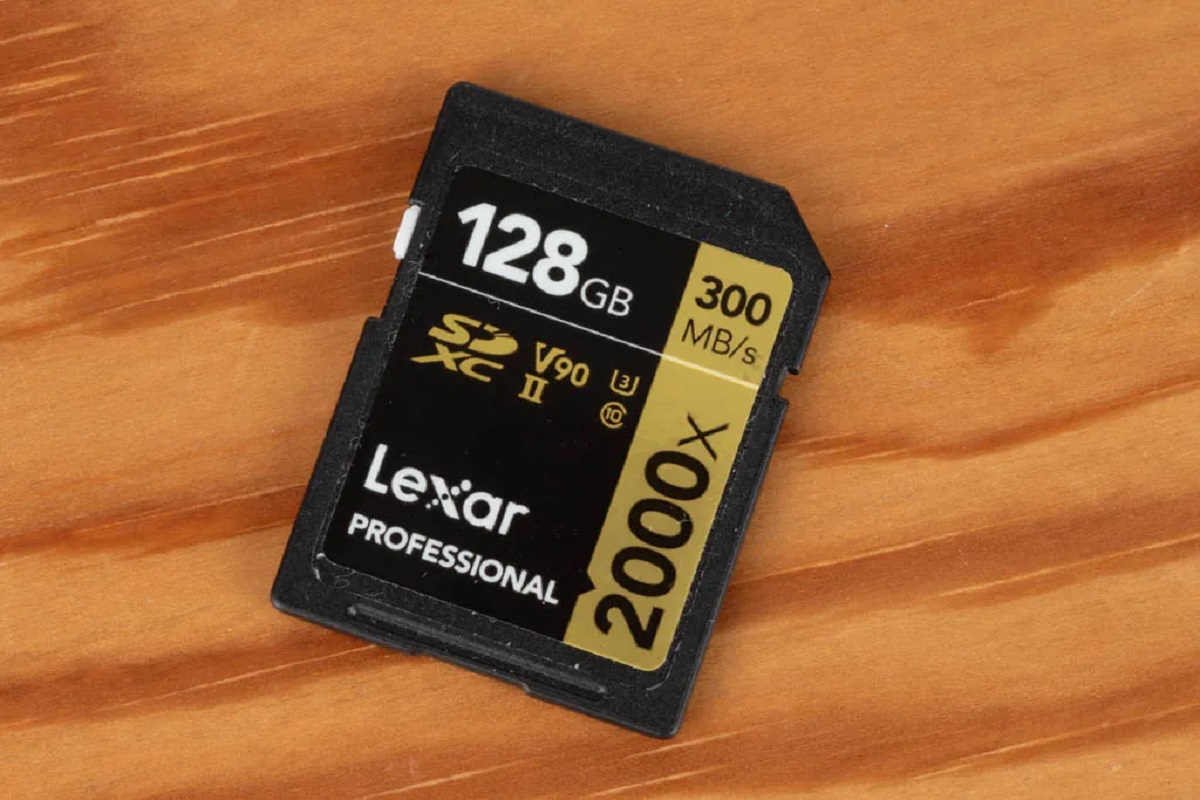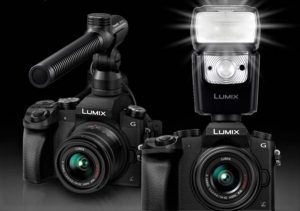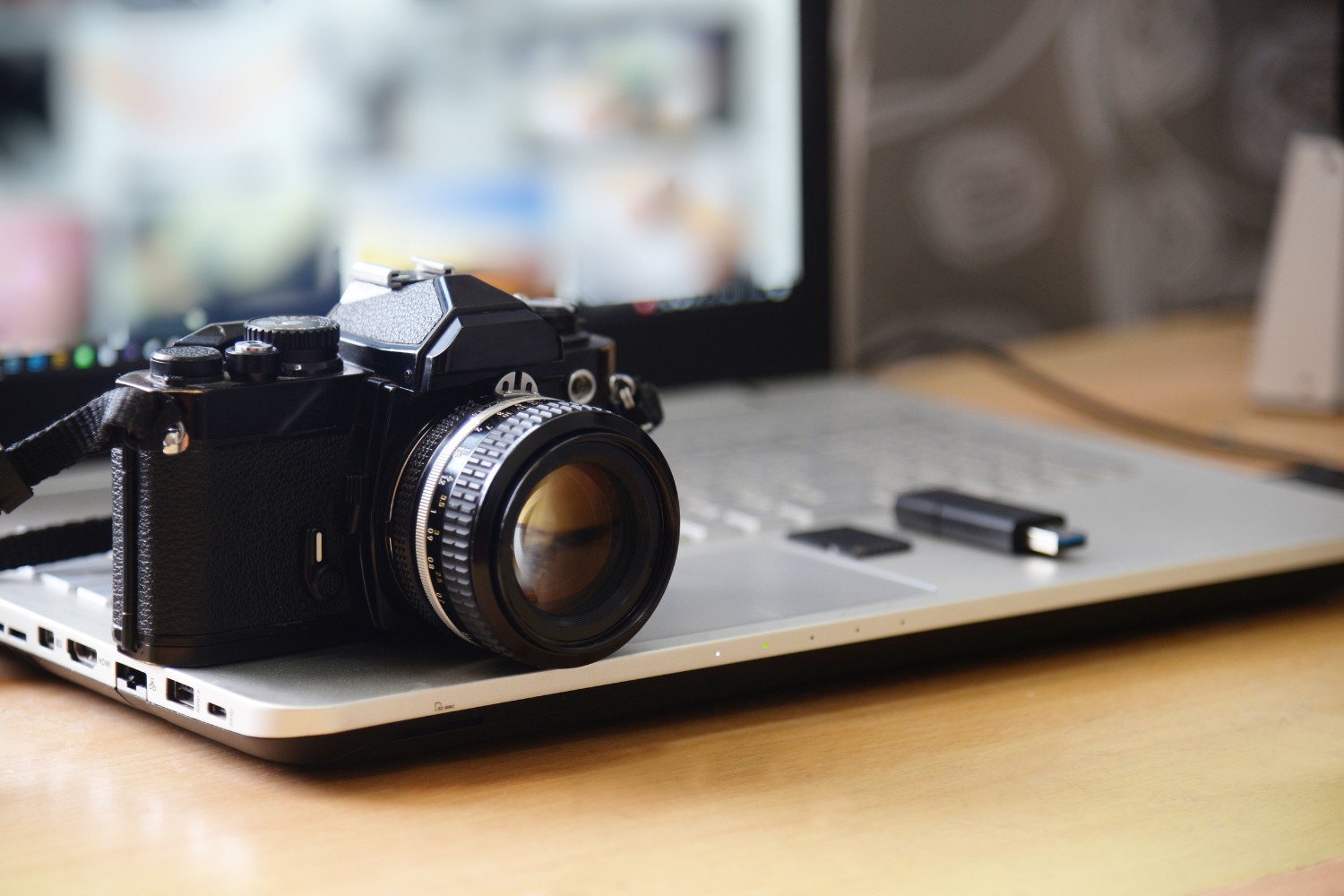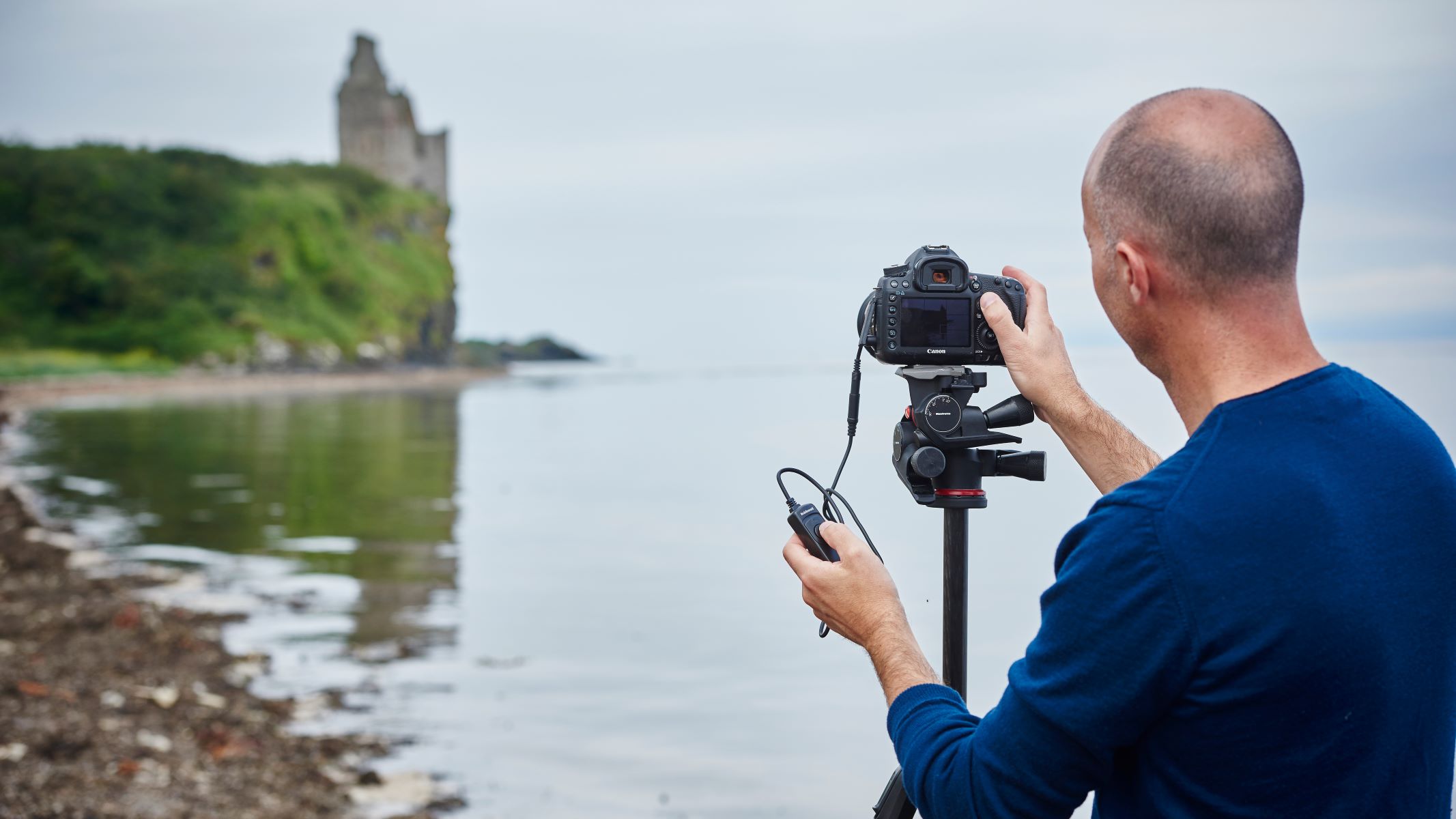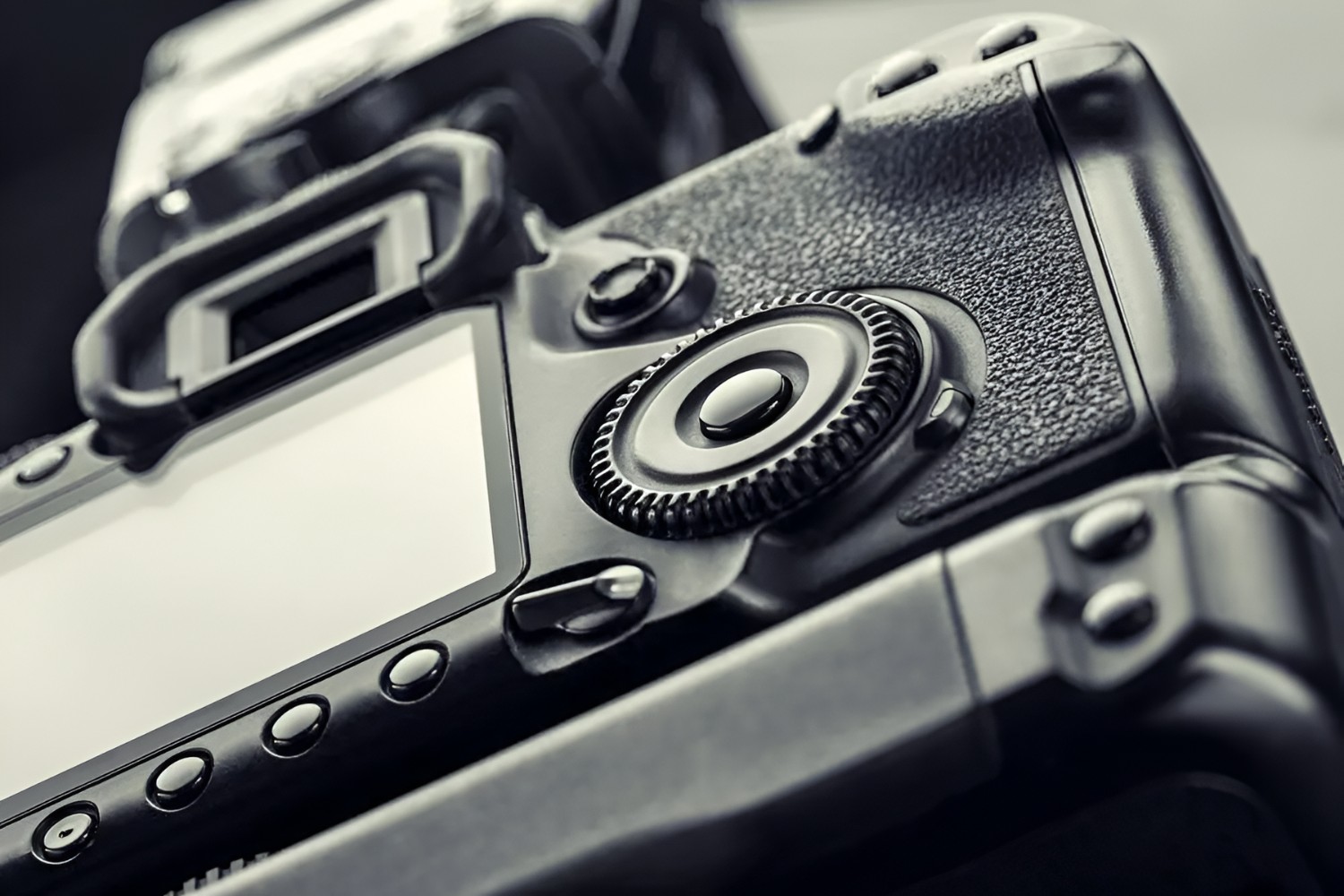Introduction
Have you ever experienced the sinking feeling of accidentally deleting precious photos from your DSLR camera? It's a heart-wrenching moment, especially if those pictures captured cherished memories. However, all hope is not lost. In this digital age, there are methods to recover deleted pictures from a DSLR camera, and in this article, we will explore these techniques.
Losing photos can be distressing, but understanding the deletion process and learning how to recover lost pictures can alleviate some of that distress. Whether it's due to accidental deletion, formatting errors, or other unforeseen circumstances, knowing the right steps to take can make a significant difference in retrieving those invaluable images.
In the following sections, we will delve into the intricacies of the deletion process, explore various methods for recovering deleted pictures from a DSLR camera, and provide valuable tips for preventing data loss in the future. By the end of this article, you will be equipped with the knowledge and tools to navigate through the distressing experience of photo loss and emerge with your precious memories intact.
So, let's embark on this enlightening journey to uncover the secrets of DSLR photo recovery and safeguard our digital memories for years to come.
Understanding the Deletion Process
When a photo is deleted from a DSLR camera, it may seem like it has vanished into the digital abyss. However, the deletion process is not as straightforward as it appears. When a picture is deleted, it is not immediately erased from the camera's memory card. Instead, the space occupied by the deleted photo is marked as available for new data, but the actual image data remains intact until it is overwritten by new files. This crucial insight forms the basis for the potential recovery of deleted pictures.
It's important to note that the effectiveness of photo recovery largely depends on the actions taken after the deletion. For instance, continuing to use the camera and saving new photos to the memory card increases the likelihood of overwriting the deleted pictures, making recovery more challenging. Therefore, the first step after realizing that photos have been deleted is to cease using the camera to prevent further data being written to the memory card.
Understanding the deletion process empowers DSLR camera users to make informed decisions when attempting to recover deleted pictures. It also underscores the significance of acting swiftly to maximize the chances of successful photo recovery. In the next section, we will explore the methods for recovering deleted pictures from a DSLR camera, shedding light on the various techniques and tools available for this purpose.
Methods for Recovering Deleted Pictures
Recovering deleted pictures from a DSLR camera can be achieved through several methods, each offering its own set of advantages and considerations. Let’s explore some of the most effective approaches:
- Utilizing Backup Storage: If you have previously backed up your photos to an external storage device or a cloud service, recovering deleted pictures becomes as simple as accessing the backup and restoring the lost images. This underscores the importance of regularly backing up your photo library to prevent permanent data loss.
- Using the Camera’s Recycle Bin: Some DSLR cameras feature a recycle bin or a similar function that temporarily stores deleted photos. These images can often be recovered directly from the camera’s internal storage, providing a convenient built-in option for retrieval.
- Employing Photo Recovery Software: Specialized photo recovery software is designed to scan the camera’s memory card for traces of deleted photos and facilitate their recovery. These tools employ advanced algorithms to identify and restore lost images, offering a powerful solution for retrieving deleted pictures from a DSLR camera.
Each method presents unique advantages and considerations, and the most suitable approach depends on the specific circumstances of the photo loss. In the following section, we will delve into the intricacies of using photo recovery software, exploring the steps involved and the best practices for maximizing the chances of successful picture recovery.
Using Photo Recovery Software
Photo recovery software has emerged as a powerful tool for retrieving deleted pictures from DSLR cameras and other storage devices. These specialized programs are designed to scan the camera’s memory card, identify traces of deleted photos, and facilitate their recovery, offering a user-friendly and effective solution for restoring lost images.
When using photo recovery software, it is essential to follow a systematic approach to maximize the chances of successful picture recovery. Here are the general steps involved:
- Choosing the Right Software: Selecting a reputable and reliable photo recovery software is the first crucial step. There are numerous options available, each with its own features and capabilities. It’s important to choose a program that is compatible with your DSLR camera’s memory card and offers a high success rate in recovering deleted photos.
- Installing the Software: After selecting the appropriate photo recovery software, install it on your computer. Ensure that the installation process is carried out according to the software provider’s instructions to avoid any potential issues.
- Connecting the Camera or Memory Card: Use a card reader or connect your DSLR camera to the computer and ensure that it is recognized by the photo recovery software. This step is crucial for the software to access the memory card and perform the recovery process.
- Scanning for Deleted Photos: Initiate the scanning process within the photo recovery software. The program will meticulously scan the memory card, searching for traces of deleted pictures and compiling a list of recoverable images.
- Recovering the Photos: Once the scanning process is complete, review the list of recoverable photos and select the images you wish to restore. The software will then facilitate the recovery process, saving the selected photos to a specified location on your computer.
It’s important to note that the success of photo recovery using software depends on various factors, including the extent of data overwriting and the condition of the memory card. Additionally, following best practices for data recovery, such as acting promptly and minimizing further data writes to the memory card, can significantly enhance the likelihood of successful picture retrieval.
By leveraging the capabilities of photo recovery software and adhering to the recommended procedures, DSLR camera users can effectively recover deleted pictures and safeguard their valuable memories from permanent loss.
Tips for Preventing Data Loss
While the ability to recover deleted pictures from a DSLR camera is invaluable, preventing data loss in the first place is equally important. Implementing proactive measures to safeguard your photos can mitigate the risk of accidental deletion and ensure the long-term integrity of your digital image library. Here are some essential tips for preventing data loss:
- Regular Backups: Establish a routine for backing up your photos to an external hard drive, cloud storage, or another reliable backup solution. Regular backups provide a safety net in the event of accidental deletion or hardware failure, ensuring that your precious memories are securely preserved.
- Use Write-Protect Tabs: Many memory cards feature a write-protect tab that prevents accidental deletion or overwriting of data. When not actively capturing or transferring photos, enable the write-protect feature to safeguard your images from unintended alterations.
- Exercise Caution When Deleting: Take extra care when deleting photos from your DSLR camera. Double-check the selected images before confirming the deletion to avoid unintentional removal of valuable pictures.
- Invest in High-Quality Memory Cards: Opt for reputable and reliable memory cards with ample storage capacity and robust build quality. High-quality memory cards are less prone to data corruption and offer enhanced durability, reducing the risk of data loss.
- Update Firmware and Software: Regularly update the firmware of your DSLR camera and the associated software to benefit from performance enhancements, bug fixes, and improved data management features, reducing the likelihood of data-related issues.
- Utilize Data Recovery Software Proactively: Consider installing reputable data recovery software on your computer in advance. In the event of data loss, having a reliable recovery tool readily available can expedite the process of retrieving deleted photos.
By incorporating these preventive measures into your photography workflow, you can fortify the resilience of your digital image collection and minimize the risk of data loss. Proactive preservation strategies coupled with the knowledge of effective photo recovery methods form a comprehensive approach to safeguarding your cherished memories captured through your DSLR camera.
Conclusion
Recovering deleted pictures from a DSLR camera is a process that involves understanding the intricacies of data deletion, exploring effective recovery methods, and implementing preventive measures to mitigate the risk of data loss. The journey to uncovering the secrets of DSLR photo recovery has equipped us with valuable insights and actionable strategies to safeguard our digital memories.
By comprehending the deletion process and the potential for photo recovery, DSLR camera users can approach data loss incidents with confidence, knowing that there are viable solutions to retrieve deleted pictures. Whether utilizing backup storage, leveraging the camera’s recycle bin, or employing specialized photo recovery software, the options for recovering lost images are diverse and accessible.
Furthermore, the proactive adoption of preventive measures, such as regular backups, write-protect features, and cautious data management practices, can significantly reduce the likelihood of data loss, preserving the integrity of your digital image library for years to come.
As we conclude this enlightening exploration, it is evident that the realm of DSLR photo recovery encompasses not only the technical aspects of data retrieval but also the proactive measures that contribute to the resilience of our digital memories. By integrating the knowledge gained from this journey into our photography practices, we can navigate through the challenges of data loss with preparedness and emerge with our cherished memories intact.
Armed with the understanding of the deletion process, the methods for recovering deleted pictures, and the tips for preventing data loss, we stand resilient in the face of potential photo loss, ready to preserve and protect the invaluable memories captured through our DSLR cameras.










